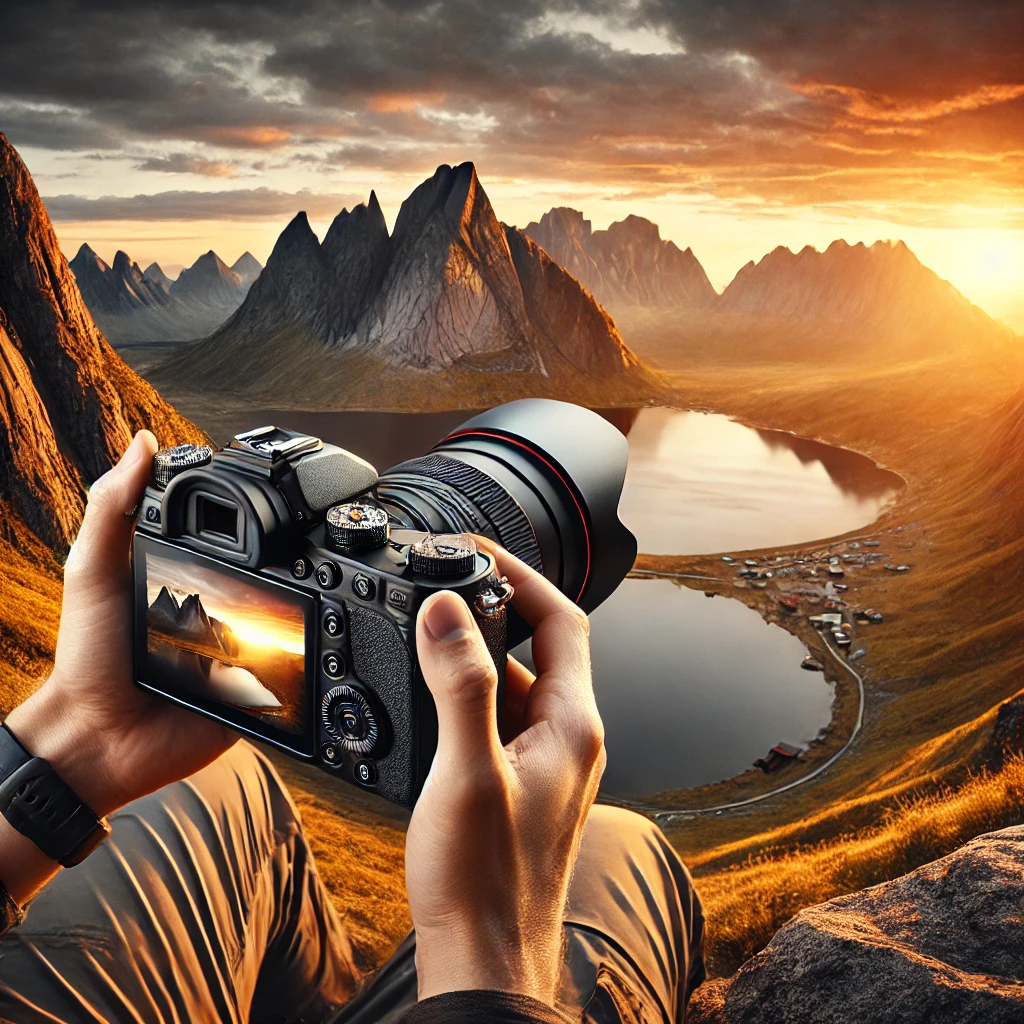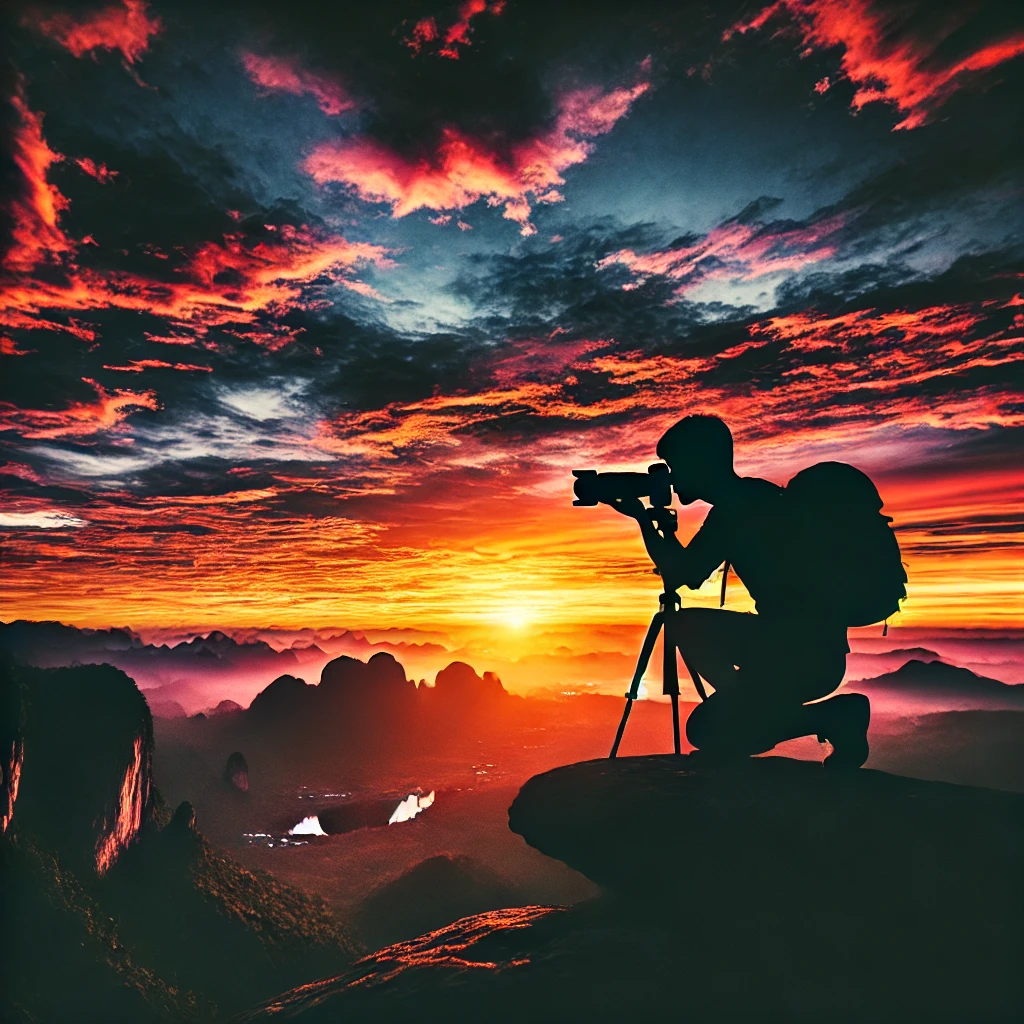Must-Have Lenses for Travel and Landscape Photography
Travel and landscape photography require precision, creativity, and the right gear to capture breathtaking scenes. The most critical component of your setup is your lens. Choosing the best lenses for travel and landscape photography ensures that you capture stunning, high-resolution images with excellent sharpness, depth, and color accuracy. This comprehensive guide will help you understand the best lens options for different scenarios, their advantages, and how to make the best choice for your photography needs.
Understanding the Importance of the Right Lens
A great lens can make all the difference in photography. When shooting landscapes or travel scenes, you want a lens that offers:
- Sharpness: Capturing fine details in both foreground and background.
- Wide-Angle Perspective: Including more of the scene in your frame.
- Low Distortion: Ensuring straight lines remain straight, essential for architecture and landscapes.
- Weather Resistance: Essential for outdoor adventures.
- Portability: A lightweight lens is ideal for travel.
Types of Lenses for Travel and Landscape Photography
1. Wide-Angle Lenses
Why Use a Wide-Angle Lens?
Wide-angle lenses allow photographers to capture expansive scenes, making them essential for landscape photography. They provide a broad field of view, making landscapes appear grander and more immersive.
Recommended Wide-Angle Lenses
- Canon RF 15-35mm f/2.8L IS USM – Excellent sharpness and weather sealing.
- Nikon Z 14-30mm f/4 S – Ultra-wide coverage with minimal distortion.
- Sony FE 16-35mm f/2.8 GM – Ideal for professionals seeking top-tier optics.
- Tamron 17-28mm f/2.8 Di III RXD – Budget-friendly without compromising quality.
2. Standard Zoom Lenses
Why Use a Standard Zoom Lens?
A standard zoom lens provides versatility, allowing photographers to switch from wide landscapes to detailed cityscapes with a simple adjustment.
Recommended Standard Zoom Lenses
- Canon EF 24-70mm f/2.8L II USM – Great for both landscapes and portraits.
- Sony FE 24-105mm f/4 G OSS – Sharp images with stabilization for travel.
- Nikon Z 24-70mm f/2.8 S – Superior optics and reliable performance.
3. Telephoto Lenses
Why Use a Telephoto Lens?
Telephoto lenses help capture distant landscapes, allowing photographers to zoom in on mountains, wildlife, or architectural details without losing sharpness.
Recommended Telephoto Lenses
- Canon RF 70-200mm f/2.8L IS USM – Compact and powerful for travel.
- Nikon 70-200mm f/2.8E FL ED VR – Exceptional image stabilization.
- Sony FE 100-400mm f/4.5-5.6 GM OSS – Perfect for wildlife and detailed landscapes.

4. Prime Lenses
Why Use a Prime Lens?
Prime lenses offer superior sharpness and wider apertures, making them great for nightscapes and travel portraits.
Recommended Prime Lenses
- Sigma 35mm f/1.4 DG HSM Art – Ideal for low-light travel photography.
- Canon RF 50mm f/1.2L USM – Stunning bokeh and image clarity.
- Nikon Z 20mm f/1.8 S – Perfect for astrophotography and landscapes.
Key Features to Look for in Travel and Landscape Lenses
- Aperture: A wider aperture (f/2.8 or lower) is excellent for low-light and night photography.
- Focal Length: Determines the field of view; wide angles for landscapes, telephoto for distant subjects.
- Image Stabilization: Reduces motion blur, especially when shooting handheld.
- Weather Sealing: Essential for outdoor and extreme condition shooting.
- Weight and Portability: Travel photography requires compact and lightweight gear.
Best Lenses for Different Travel Photography Scenarios
- Cityscapes: Standard zoom lenses (24-70mm) capture architecture and street scenes.
- Seascapes: Wide-angle lenses (16-35mm) capture vast waters and reflections.
- Mountains & Wildlife: Telephoto lenses (70-200mm or 100-400mm) allow zooming into distant subjects.
- Astrophotography: Prime lenses with f/1.4 or f/1.8 apertures capture more light for night sky photography.
Maintaining and Protecting Your Lenses While Traveling
- Use Lens Filters: UV or ND filters protect the lens from dust and scratches.
- Invest in a Camera Bag: A padded, weatherproof bag protects lenses from damage.
- Clean Regularly: Use a microfiber cloth and lens cleaning solution to remove dust and smudges.
- Avoid Extreme Temperatures: Protect lenses from condensation by allowing gradual temperature adjustments.
Frequently Asked Questions (FAQ)
1. What is the best focal length for landscape photography?
A focal length between 14mm and 35mm is ideal for capturing expansive landscapes with depth and clarity.
2. Can I use a telephoto lens for travel photography?
Yes! A 70-200mm telephoto lens is great for capturing distant subjects, compressing backgrounds, and isolating details in travel scenes.
3. What’s the difference between prime and zoom lenses for travel?
Prime lenses offer better sharpness and low-light performance, while zoom lenses provide versatility without needing multiple lenses.
4. Should I invest in a weather-sealed lens?
If you plan to shoot in various climates, weather-sealed lenses protect against dust, moisture, and harsh weather conditions.
5. Which lens is best for astrophotography while traveling?
A fast wide-angle prime lens (e.g., 20mm f/1.8 or 14mm f/2.8) is excellent for capturing stars and nightscapes.
Conclusion
Choosing the right lenses for travel and landscape photography greatly impacts your ability to capture breathtaking images. Whether you prefer wide-angle landscapes, zooming in on distant subjects, or night photography, the right lens makes all the difference. Investing in high-quality, versatile, and durable lenses ensures you’re always ready to capture the perfect shot, no matter where your travels take you.
Book your cameras now with The Candid Shoot and create timeless memories today!

Mobile Photography Hacks: Candid Moments with Your Phone

Professional Model & Portfolio Photoshoots: Show Your Best Work

Street Photography Tips, Effects & Poses – Complete Guide

Leica Q2 for Photography: Why It’s Loved by Photographers
Mobile Photography Hacks: Candid Moments with Your Phone
Discover high-impact mobile photography hacks to capture genuine, gorgeous candid moments with your phone. Learn practical tips, composition secrets, and pro techniques to turn everyday scenes into stunning visual stories. Introduction: The New Age...
Professional Model & Portfolio Photoshoots: Show Your Best Work
” Discover how to plan, style, and execute stunning portfolio photoshoots that showcase your skills, personality, and versatility. This comprehensive guide covers professional tips, posing ideas, gear suggestions, and industry insights for models and...
Street Photography Tips, Effects & Poses – Complete Guide
Discover the ultimate guide to Street Photography with expert tips, creative effects, and dynamic poses. Learn how to capture authentic urban moments, master composition, and tell powerful visual stories through your lens. Article Outline...
Leica Q2 for Photography: Why It’s Loved by Photographers
Introduction: The Cult Status of the Leica Q2 The Leica Q2 is not just a camera—it’s a statement. Combining the heritage of German precision engineering with modern digital excellence, it holds a special place...
Top Cameras Under ₹1 Lakh for Freelance Photography
Freelance photography is no longer a niche—it’s a booming creative profession that demands not only vision and hustle but also the right gear. Your camera isn’t just a tool; it’s your storytelling partner. If...
Top Features of Nikon D850 That Make It Ideal for Photoshoots
Explore the top features of the Nikon D850 that make it a powerhouse for photoshoots. From exceptional resolution to dynamic range, this detailed Nikon D850 guide is built for professional and aspiring photographers. 1....













Leave a Reply